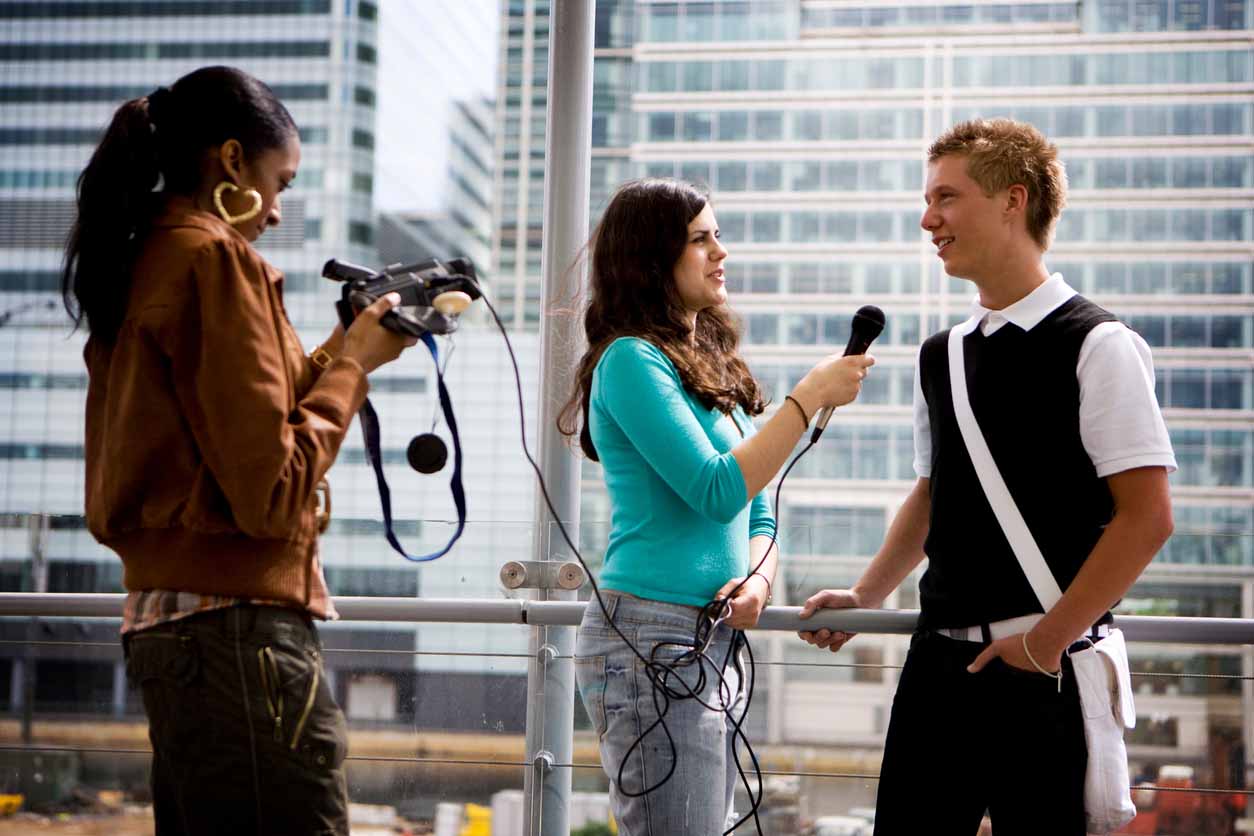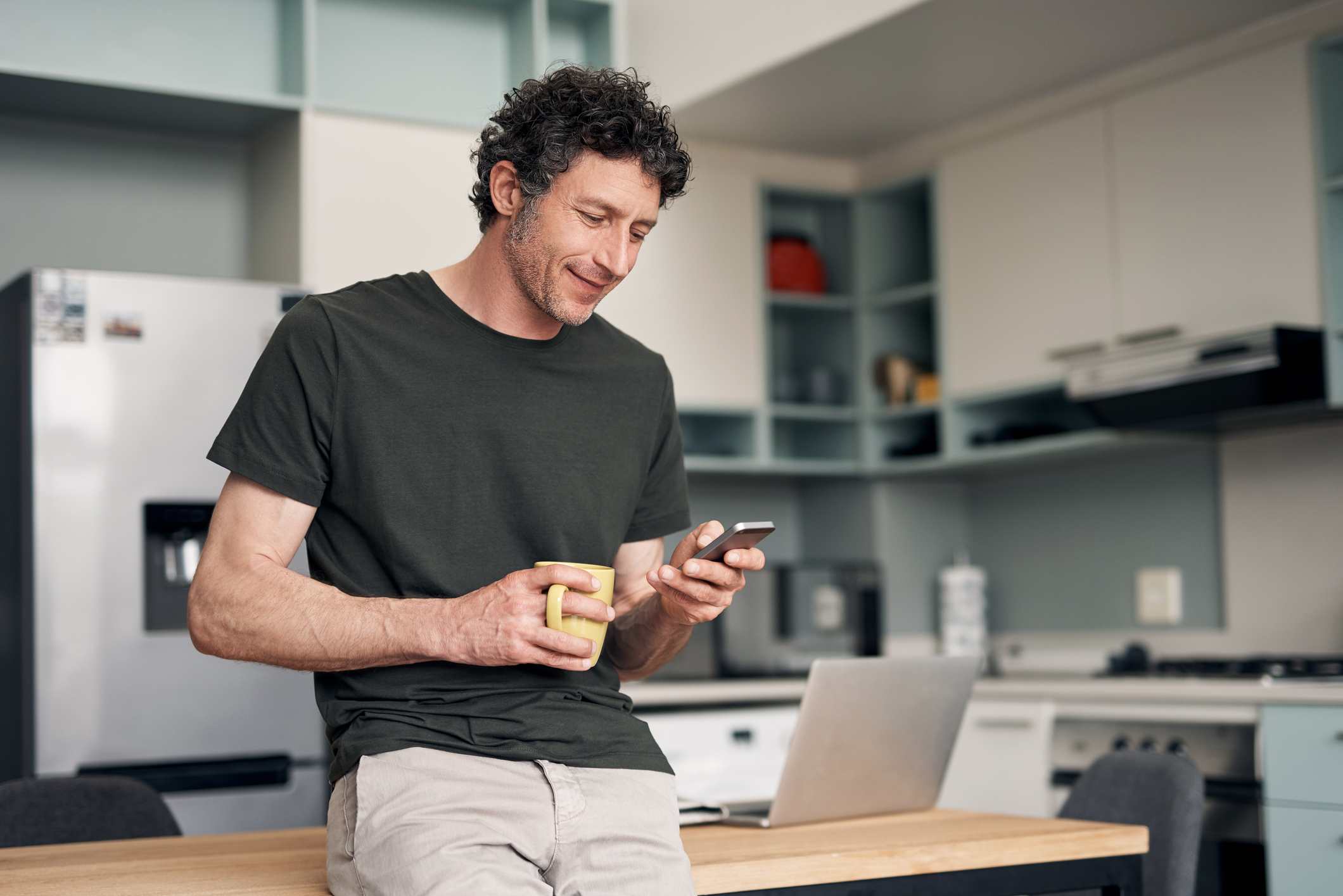Promoting your fundraiser
The most important part of your fundraiser is telling people about it!
You can talk to family, friends, neighbours, colleagues and community groups as well as posting on social media, emailing friends - and maybe even talking to print, radio and TV news outlets.


Social media
Browse our collection of posts and share to Facebook, Instagram, Twitter, LinkedIn and more to tell as many people as possible about your fundraising.

Press releases
Local news sites, your town paper and even national outlets could be interested in sharing news of your fundraising. Use our template to send a professional press release.
Find general fundraising posts in the first gallery, and posts about specific running events in the second.
Click any image to enlarge and download. On desktop, you’ll see the download button in the top right. On mobile, you might need to press and hold to save the image to your photo gallery.
Tag us @GrassrootsSP on Twitter and Instagram, or @Grassroots Suicide Prevention on Facebook and LinkedIn.
Happy sharing!
Our logo
As a Grassroots Suicide Prevention fundraiser, you can use our ‘in support of’ logo (also available in white). Choose the colour that contrasts the background the most to make sure it is legible!
Click a logo to download. On a desktop, you’ll see the download button in the top right corner. On mobile, you might need to press and hold to save the logo to your phone gallery.
Press releases
Getting attention from the media will really help raise awareness of your event or activity. It takes a bit of effort but it’s worth it if you get your story published.
Radio and TV are often looking for quirky stories about local people that are interesting or have a unique angle. Download the template and follow our tips in the FAQ below to get your story noticed!
Always let us know about any coverage so that we can keep a record and promote your event coverage through our channels, too!
You need to know when your event or activity is taking place.
You need somewhere to direct people to – like a JustGiving page or event website.
Have someone (it might be you) willing to talk to the media about what you are doing and why.
Make sure you know the basics around what Grassroots Suicide Prevention does and how to talk about suicide safely.
Try to find someone who isn’t invovled in the event to take photos. They don’t have to be a professional, but they should have a reasonably good camera or phone and free time throughout the event.
Use our template for the best chance of getting some attention. Remember journalists get hundreds of these every day, so yours needs to stand out!
The key things to remember are:
- Real stories about real people are always best
- Think about what the readers will be interested in – who is this news outlet for and what do they like? For example, if you live and work in Brighton, you could send a Press Release to the Sussex media outlets highlighting the Brighton connection. If you grew up in Newcastle, you could tweak it and see if the Northeast media is interested in what you are doing.
This is a great source of local press and broadcast contacts. You can search press, TV or radio and your regions and towns: https://media.info/uk
Put press release in the subject line and a brief interesting title.
Don’t forget your company, university or organisations you are linked to, like local church or parish news, may have platforms of communications they would be happy to share your story on. It makes them look good having someone who wants to help others and make a difference. You may suggest a donation from them and you should mention that in the story!
You have two opportunities – do both to double your chances!
Before: Ideally, send it about two weeks before you want some coverage. Too long in advance, it will get forgotten about. Too short and you will miss the deadlines – press always plan in advance.
it is, however, better to send last minute than not at all. Radio and TV both work fast and things can often be dropped last minute – maybe your story will fill the gap.
After: Tweak your press release to use the past tense and say how much you raised. Make sure you have some good photos, including action shots with up to 3 people. Wider shots of crowds are often not suitable.
This should be sent almost immediately after the event as the timeframe for something to be considered ‘news’ is very short.
Make sure that your media contact person responds straight away to any enquiries. Journalists will move on if you don’t get back within a few hours at most. They can often work very tightly to deadlines, or something may have been dropped. So always respond as quickly as you can.
Pat yourself on the back – getting interest is a big achievement! Have your story and reasons why you are fundraising clear and when remember NOTHING is “off the record”.
Please check our guidelines on how to talk about suicide in a way that keeps others safe. For example, talking about locations and methods is not safe, but talking about suicidal feelings is okay and will not ‘encourage’ or ‘convince’ anyone.
If you are fundraising in honour of someone you have lost, check with their family if you want to use their name or photo.
If you need any advice about the media or would like Rachael, our CEO to talk about suicide in general to the media, please contact us. We are also happy to advise on general interviews and provide further information about GSP’s activities.
Other ways you can help
We are so thankful for our fundraisers and incredibly grateful to be able to save more lives from suicide.
If you’d like to help Grassroots Suicide Prevention while you shop on line and in stores, take a look at our article on fundraising while you shop. Big online retailers donate on top of your purchases and Co-Op members are able to nominate us for donations when they scan their card – all without costing you an extra penny.


Social media